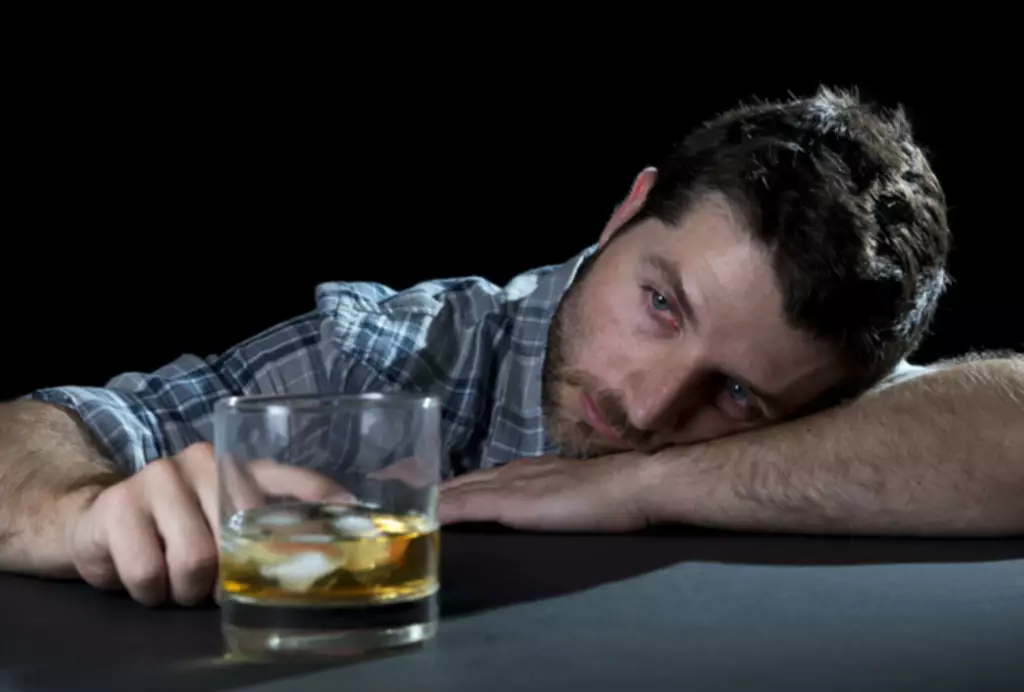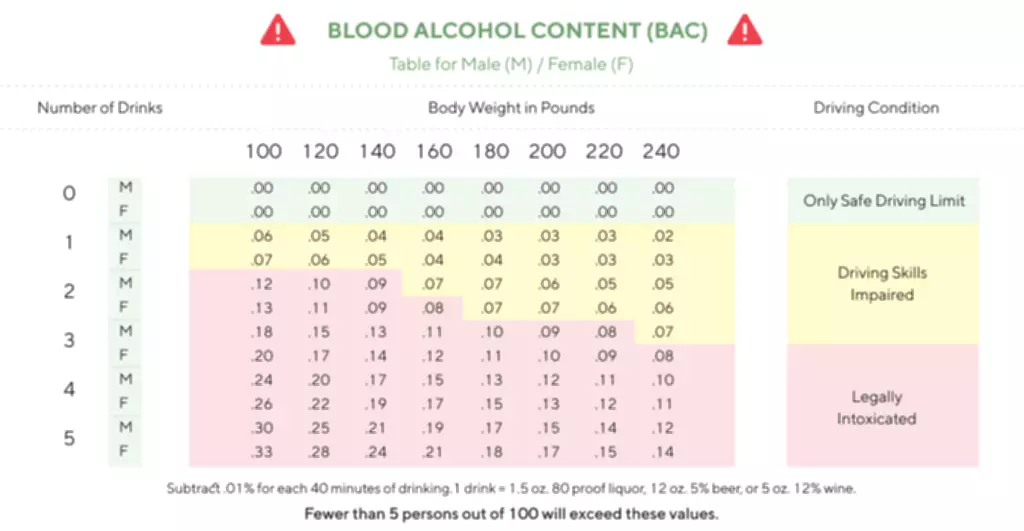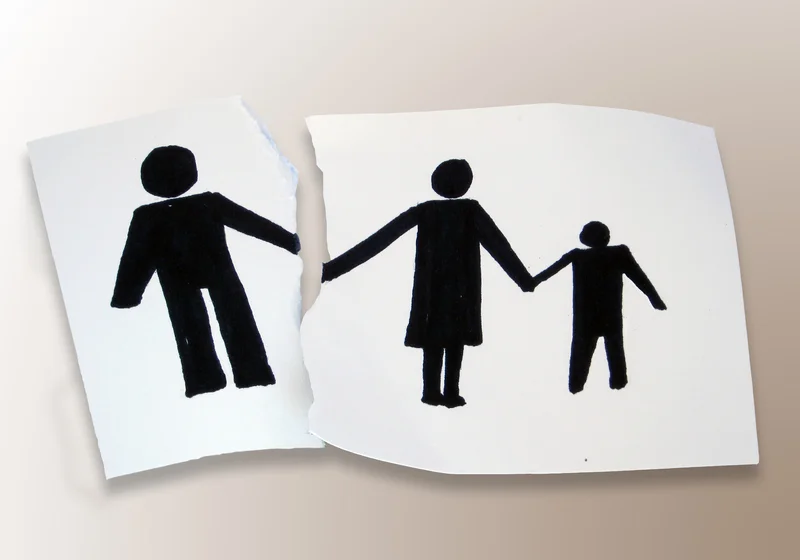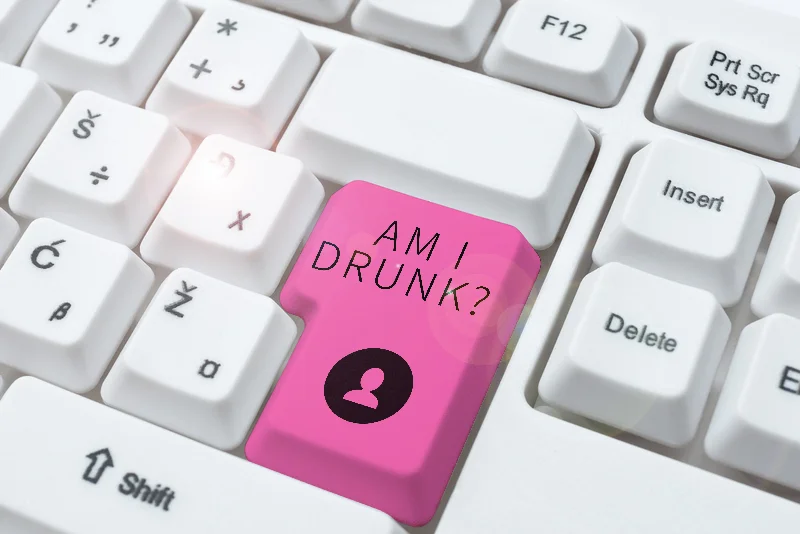
Learn more about signs of opioid addiction and how other people found the road to recovery. The type of opioid a person uses can influence the timeline of withdrawal. A 2013 review evaluated relapse after short-term recovery from opioid addiction methadone use for detoxification and found high rates of relapse.
Find treatment services
- Opioids can provide powerful pain relief and sedation, which makes them essential for treating severe pain, such as cancer-related pain or pain after major surgery.
- Tapering your dose is essential because it helps minimize your risk of withdrawal symptoms.
- The NIH HEAL Initiative also partners with NIDA to fund research within the Consortium on Addiction Recovery Science, a nationwide effort that focuses on research network-building initiatives.
- Tolerance occurs as the body gets used to taking a substance, requiring higher doses to have the same effects.
- The road to recovery from opioid addiction is filled with challenges and uncertainties, and understanding the timeline of brain recovery can provide valuable insights into the process.
- Although this extra power has benefits in a medical context, it also raises your risk of an opioid overdose if you misuse opioids or use them without guidance from a doctor.
Some of the recovery organizations Unick and Tuten are working with are operations that are using sophisticated methods for data collection and using that evidence to influence practice, citing as one example Mosaic Community Services. As a primary care physician at Massachusetts General Hospital (MGH), I am profoundly grateful for my 10 years in recovery from opiate addiction. As detailed in my memoir Free Refills, I fell into an all too common trap for physicians, succumbing to stress and ready access to medications, and became utterly and completely addicted to the painkillers Percocet and Vicodin.

The Immediate Impact of Opioids on the Brain
Opioid withdrawal symptoms can last anywhere from one week to one month. The first phase (acute withdrawal) begins about 12 hours after your last opioid use. The symptoms include mood swings, anxiety, variable energy, low enthusiasm, variable concentration, and disturbed sleep. Different types of medications may be useful at different stages of treatment to help a patient stop abusing drugs, stay in treatment, and avoid relapse.
Additional treatment options

Outpatient programs, on the other hand, allow individuals to maintain their daily responsibilities while receiving treatment. For people with addictions to drugs like stimulants or cannabis, no medications Substance abuse are currently available to assist in treatment, so treatment consists of behavioral therapies. Treatment should be tailored to address each patient’s drug use patterns and drug-related medical, mental, and social problems. An estimated 1.2 million American adults report resolving an opioid problem. Given the service use outcomes and longer-term problem resolution of mid-recovery OPI, early-recovery OPI may require encouragement to utilize additional or more intensive services to achieve longer-term recovery.
- Stopping drug use is just one part of a long and complex recovery process.
- Given the emphasis of prior research on treatment seeking populations, investigating problem resolution outside the context of addiction treatment settings also provides a unique perspective on recovery pathways.
- A related drug, prochlorperazine is more often used, although it has similar risks.
- Patterns of symptoms resulting from substance use (drugs or alcohol) can help a doctor diagnose a person with a SUD or SUDs and connect them to appropriate treatment.

If you or someone you care about is navigating this path to recovery, it’s essential to https://ecosoberhouse.com/ seek professional guidance and support. At AppleGate Recovery, we know that fighting opioid addiction alone can be scary. That is why we are here to help you overcome those obstacles by providing individualized treatment plans, counseling and other supportive recovery services to address your specific needs. With technological advances, online counseling, telehealth and teletherapy services are becoming more common and effective forms of mental health treatment.

Brain Recovery From Opioid Addiction: A Timeline
It is also helpful if you have a significant other or partner at home who can manage the pills for you, and dole out two of them every four to six hours as directed, to avoid the temptation to take more than prescribed in order to get high. (Old habits die hard.) Finally, the key to all addiction treatment is being open and honest. In the current study, Hser and colleagues reviewed 28 longitudinal studies that followed cohorts of individuals with opioid use disorders for at least 3 years, the substantial majority of whom were recruited from treatment programs. The Recovery Village is dedicated to treating each patient’s addiction fully. However, We know this is impossible without addressing mental health needs at the same time.
Featured Programs
Physicians with proper training and certification can prescribe Suboxone in their offices, and patients can take it home. Naloxone is carried by many EMS services, and can be administered either in intravenous form or as a nasal spray. Helping to End Addiction Long-term® and NIH HEAL Initiative® are registered service marks of the Department of Health and Human Services.
Dangers of Mixing Hydrocodone and Alcohol
Research has demonstrated that MOUD is effective in helping people recover from their OUD.567 It is important to find what works best each individual. Overdose prevention is a CDC priority that impacts families and communities.